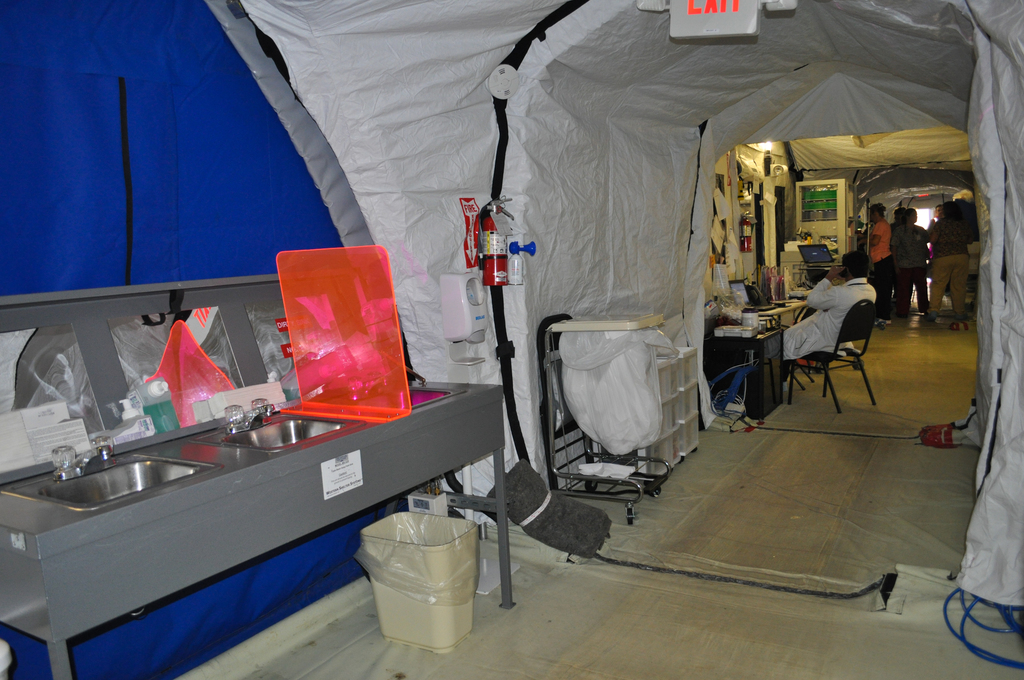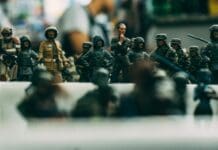This post is also available in:
 עברית (Hebrew)
עברית (Hebrew)
Physical security technologies for public buildings have advanced considerably, moving away from legacy standalone CCTV systems to modern digital video surveillance technologies. However, security remains a challenge in non-permanent sites.
When permanent buildings are not necessary or feasible, temporary sites provide various services to construction projects, makeshift hospitals, sporting events etc. Such buildings erected quickly and for a limited amount of time, are becoming more common, yet are often poorly secured, largely as a result of traditional surveillance solutions being deemed costly and complex to install in a non-permanent setting. This lack of protection can lead to theft and criminal damage, and can ultimately leave people vulnerable.
Security solutions that do not rely on network cables or static power sources are needed more and more. Modern IoT-enabled devices are capable of providing high-quality video and live data that can be analyzed to produce powerful insights. Such solutions also offer an ease of connectivity that can support a move away from wired networks to utilize mobile connectivity. This provides more scope for the protection of structures in areas where cabled network connections are not possible, according to ifsecglobal.com. This makes security achievable in even the most remote locations.
The latest solutions represent a cost-effective and high-quality option in settings where the alternative choice usually means having no security provision at all. Temporary hospitals are one such example of a structure that is becoming more prevalent and has unique security needs. Whether established to provide aid in a conflict situation, or to support general hospitals in the fight against COVID-19, this type of space necessitates the implementation of comprehensive security measures.
Surveillance becomes crucial in safeguarding equipment, medicines, and other supplies. Security cameras, combined with audio, can serve to detect and deter those attempting to enter a site without authorisation, with visual detection triggering an automated audio response.
The addition of access control technology allows greater control of entrance and exit points, minimising the risk of criminals gaining access to a site, but also of use in restricting public access where the spread of COVID-19 or other contagions is a concern.
Door control systems can be used as communication devices between staff and patients, helping to minimise unnecessary patient contact.
In the construction industry, at road construction sites and other temporary locations, intrusion, interruption, and injury are three of the most common threats. Dedicated surveillance systems make high quality, remotely managed supervision possible, thereby minimizing risk. Using surveillance and audio technologies to alert teams to danger can prove invaluable from a health and safety perspective, helping to avoid accidents, while also documenting high-quality video of any situation to aid incident investigation.
Being able to effectively secure temporary sites and the structures within them presents a huge leap forward in the capabilities of physical security solutions.


























